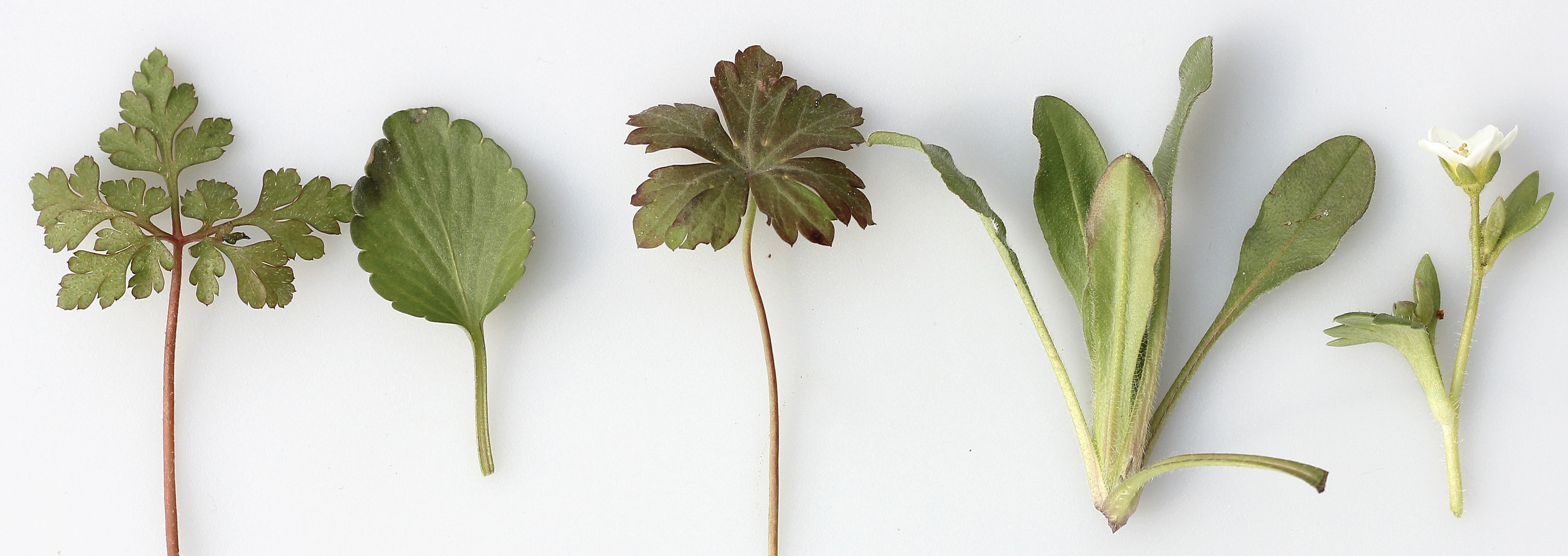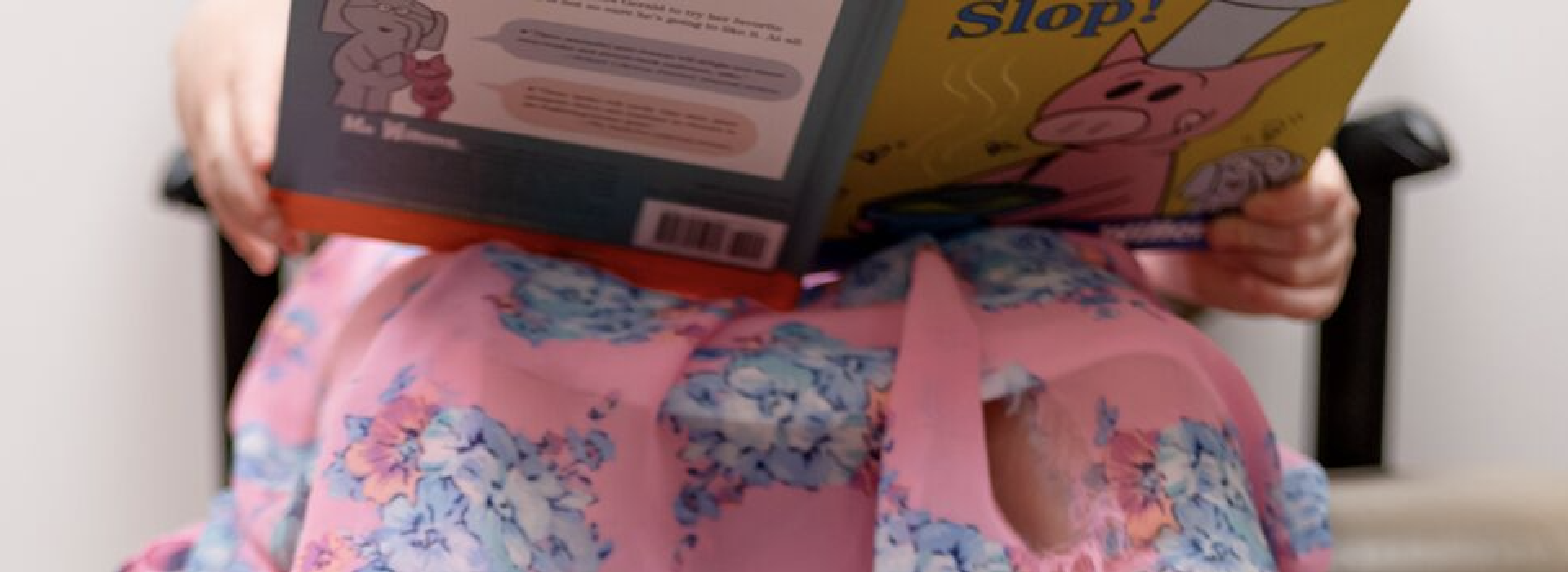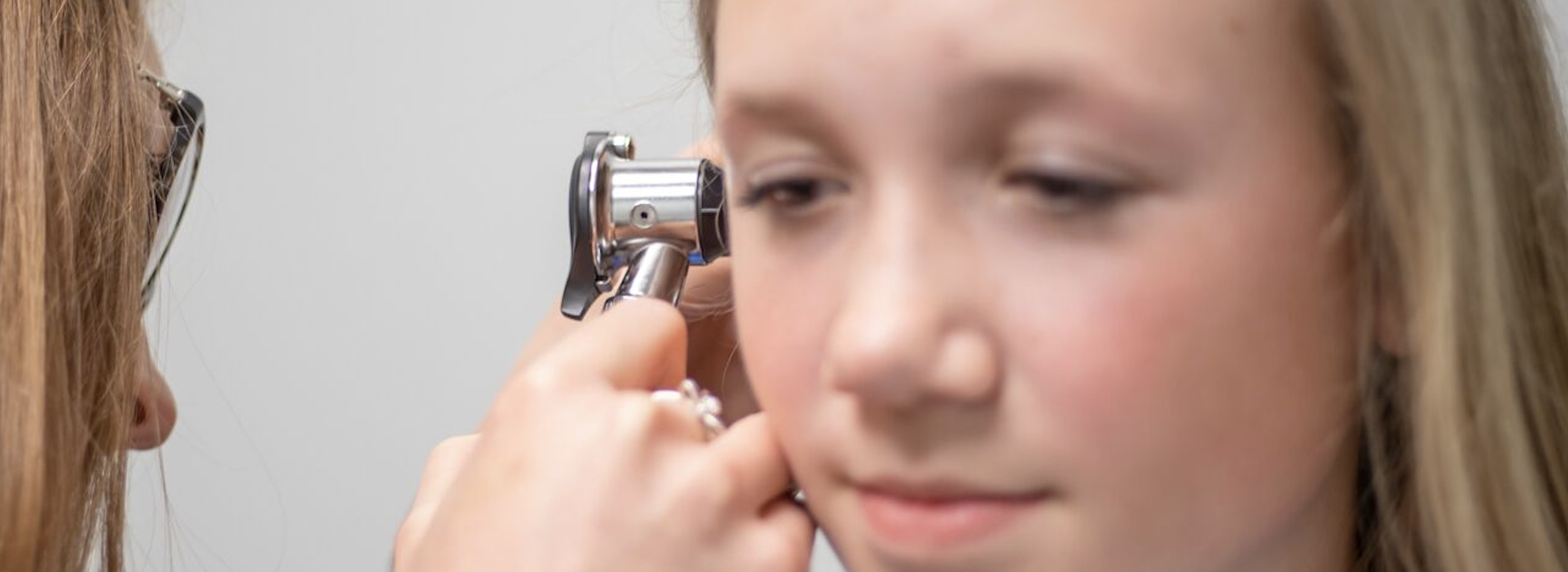We hear a lot of talk and get many questions about the merits of traditional “folk” remedies over conventional medicines. “When I was young, my mom fed me a bunch of tomato soup and orange juice and that seemed to clear up my cold…”
Some of these ‘holistic” remedies may indeed provide some relief, and there is some merit to healthy eating and plenty of fluids for some illnesses. Sometimes, however, conventional medicine – a prescribed medication – is what’s needed.
The American Academy of Pediatrics published a brief FAQ about the ins-and-outs of natural cures. We’re happy to share it below.
Is it OK to give my child “natural” therapies when she’s sick?
While most children in North America receive conventional medicine when they are sick, many parents want to know about natural therapies too. Alternative, complementary, and integrative medicine and folk remedies are some words used to describe these different therapies. Here’s a few things you should know:
Are all “natural” therapies safe?
No. Therapies are not safe just because they are natural. Side effects from natural therapies are rare but can occur. Check with your child’s doctor before adding or changing a therapy. Talk about what you’ve heard and read about natural therapies. Bring the products you give your child to your next medical appointment.
Does the US Food & Drug Administration regulate natural products?
Yes. the FDA regulates natural products such as dietary supplements. But they are regulated as a food and not as medicine. While most people can avoid buying rotten tomatoes or bruised fruit, it’s much harder to avoid poor-quality supplements. The FDA does not guarantee the purity, potency, effectiveness, or safety of natural products sold as dietary supplements.
Do natural therapies really work?
More research is needed for all kinds of therapies for children, including natural therapies. Some work for children with certain conditions but not for children with other conditions. This is true for conventional and natural therapies. For example, massage may help reduce stress, but it not a cure for cancer.
Do you need a special license to practice complementary medicine?
Each state has a different licensing rules. Check with the licensing board for your state to find out if a health professional has a license to practice. If your state does not require a license to practice (for example, some states do not license acupuncturists), be sure the professional is certified by a national professional organization. Always ask about a practitioner’s training and experience. Find out if the practitioner has been specifically trained to treat children and how many children he or she treats each week.
Will insurance pay for it?
Insurance companies and flexible medical spending accounts have many different plans that cover different things. There is often less coverage for complementary therapies than for conventional care. Check with your insurance company.
Why is it important to talk to my child’s doctor about these treatments?
Talking with your child’s doctor helps you know if a treatment is safe and effective. Talk about all therapies given to your child including vitamins, herbs, or other supplements. This is especially important because there can be dangerous side effects when medicines or therapies are given at the same time. Include information about other health professionals caring for your child so care can be coordinated.
Ask all of your child’s health care professionals to talk with each other. Open communication is the best way to promote the safest care possible.


